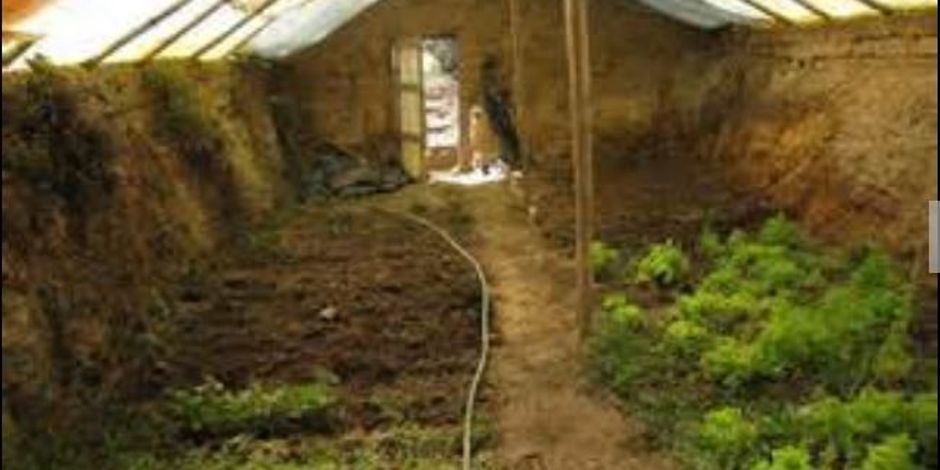Mile-High Greenhouses

From 2010-2016, I conducted an in-depth analysis of climate change patterns in the western highlands of Guatemala, and investigated how these rapid changes are affecting family agriculture in the ecologically diverse and fragile region. I discovered a pattern of factors related to increased UV radiation, changing rainfall, unpredictable seasons, heavy hail and frosts, and an unfathomable increase of insect and organism pests and plagues- all influenced by climate driven issues and lack of human capacity to effectively deal with them. The areas most severely affected were over 8000' in altitude- between 8000-14,000 above sea level ,where yearly agricultural losses to small farmers often topped 75% or more in my data. Many farmers with some support are turning to a hoop-style greenhouse design, that is expensive and poorly adapted to the conditions at high altitudes- decaying within 1-3 years due to UV rays, wind, and hail, and with no ability to irrigate, tendency to overheat during the day, and freeze at night. Our team discovered an amazing greenhouse design by the Indigenous population of Bolivia that overcomes all of these factors by sinking the greenhouse 1.5 meters underground- using the soil as a natural insulation, with a low profile peaked roof resistant to sun, wind and hail. With this design, valuable crops such as nutrient dense vegetables, crops with high export value, fruits, herbs and medicinal plants- can be grown year-round, with water capture, cistern and simple irrigation, as high as 14,500' or more above sea level. Our project would install a demo greenhouse with innovative cistern/ graywater recycling on site at about 8500, open to the public and agriculturally productive year-round.